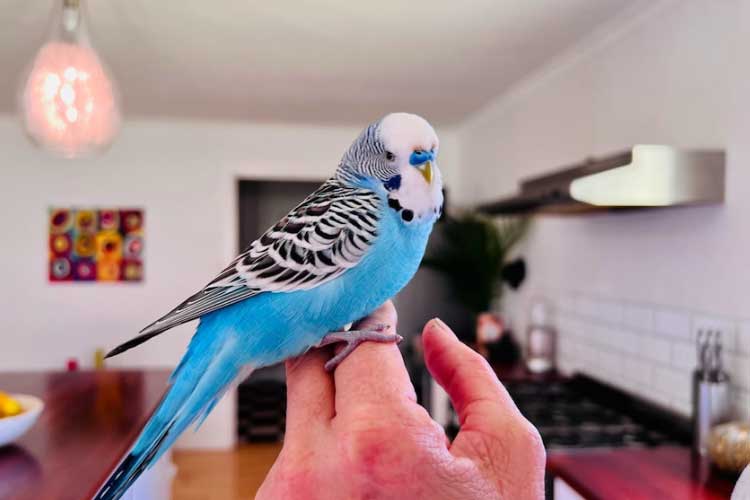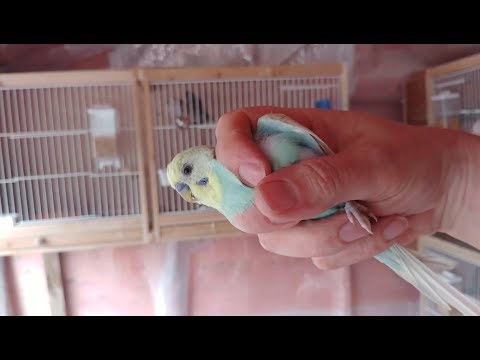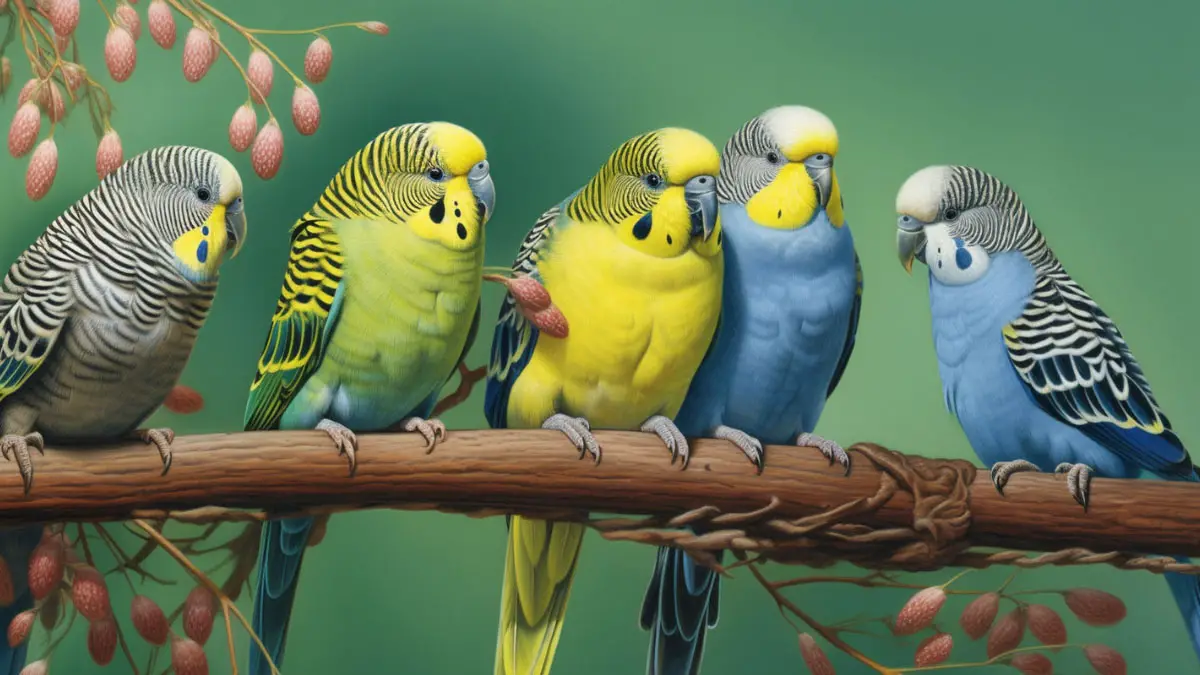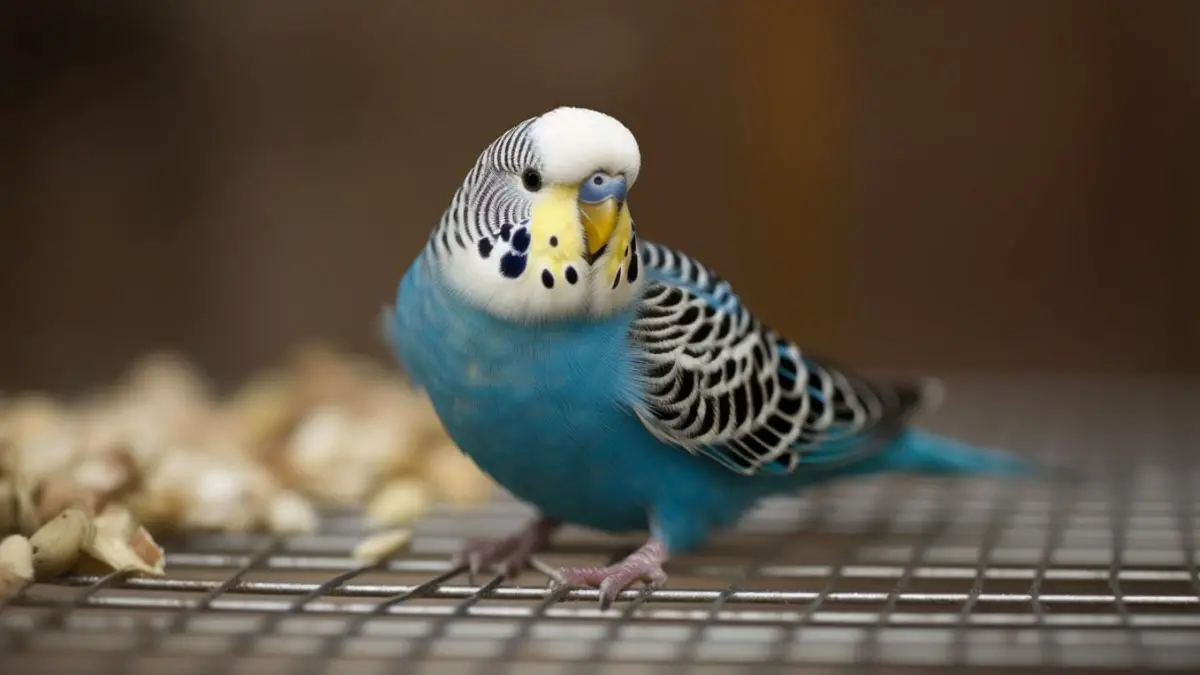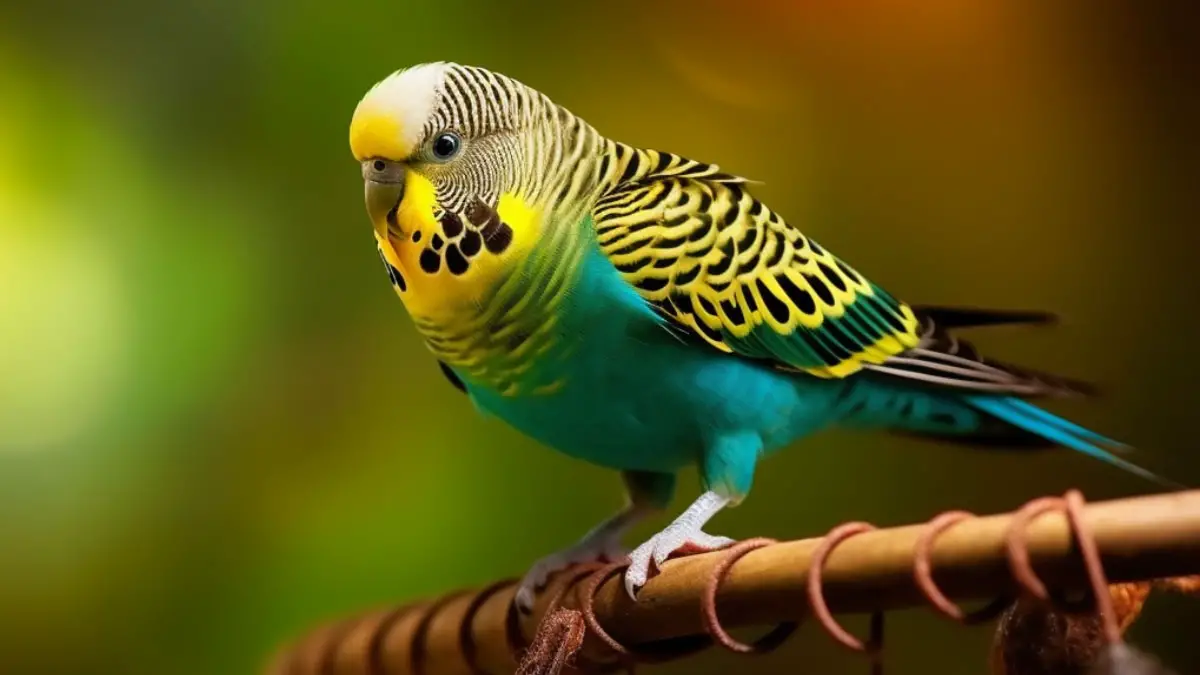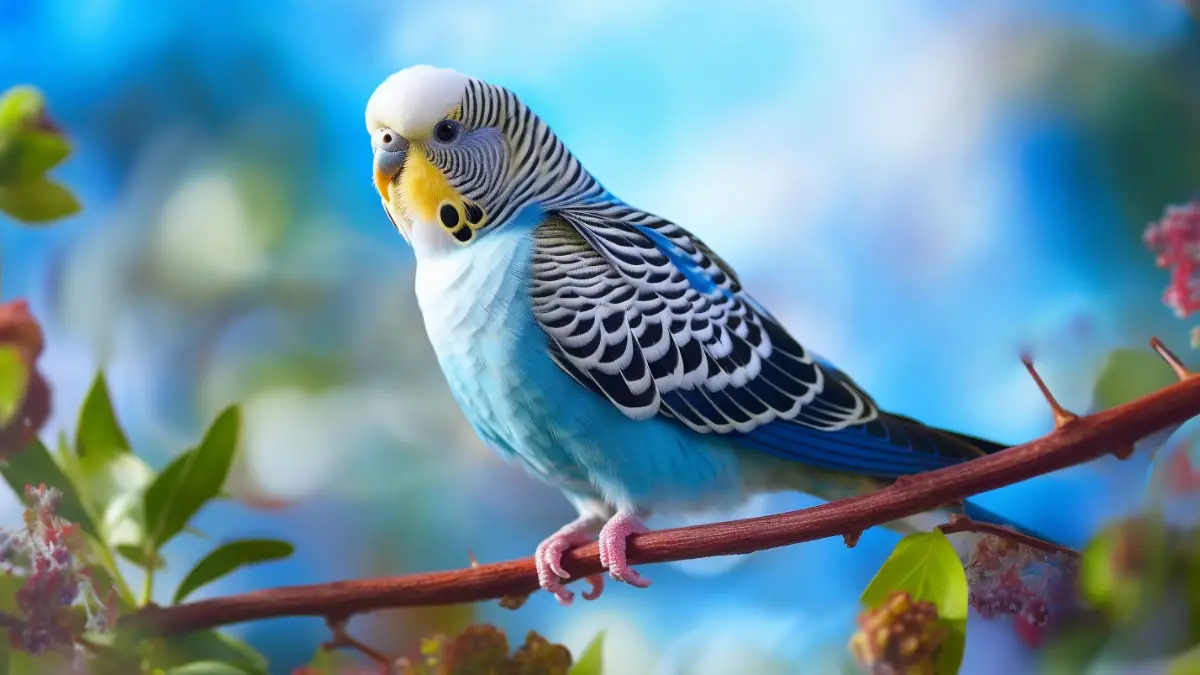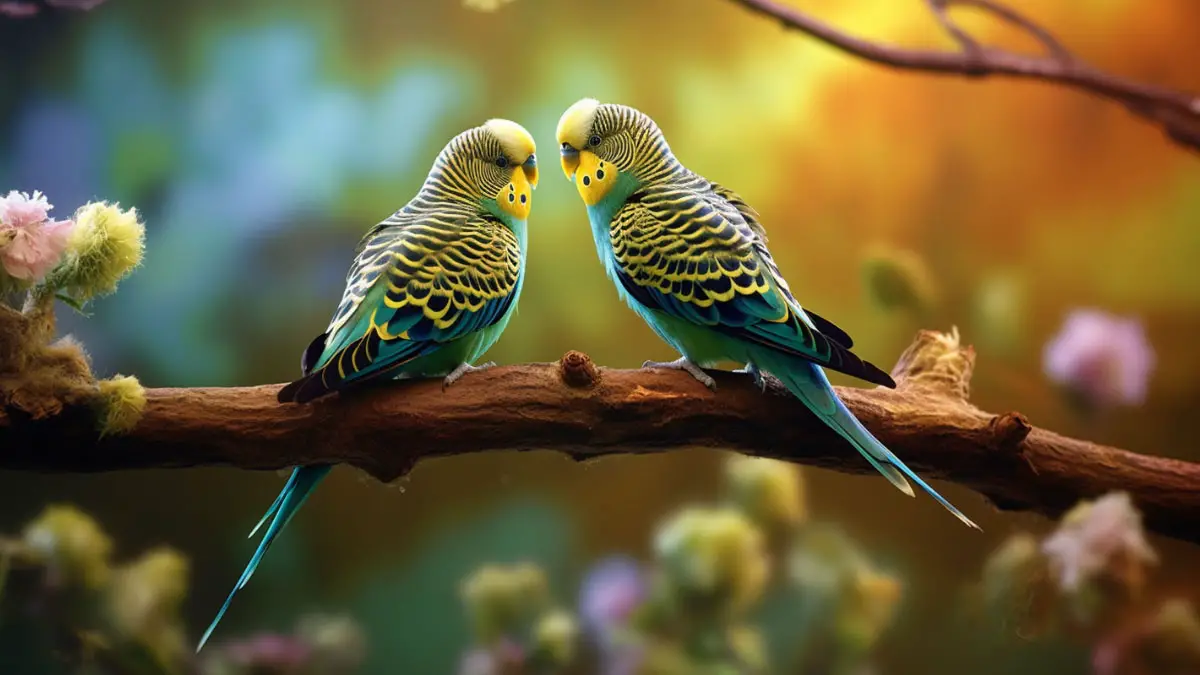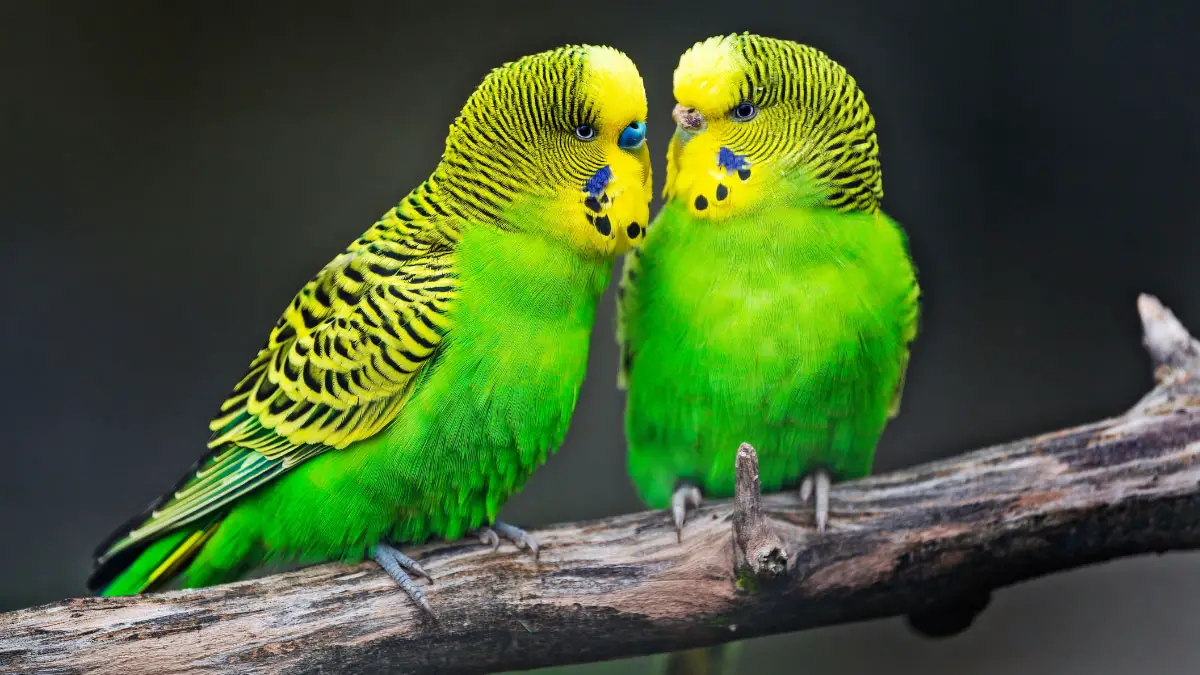Handling a pet bird can be challenging, especially during the first days. The bird is not used to you, and you likely don’t know how to handle it well. But how do you do it?
So, how to hold a budgie for the first time? To hold your pet budgie, approach the cage steadily while calling its name in a soothing voice. Make sure the pet is fed and in a good playful mood. Open the cage and slide your hand in, and let the pet perch on your finger.
Despite holding your budgie looking so easy, several factors contribute to the success. Read on to learn how to hold your pet bird and avoid being bitten.
How Do You Hold a Budgie for The First Time?
The first experience can either build or destroy your relationship with your pet. If you’re not gentle when holding the bird, it might perceive you as violent. From then on, the bird will always peck your fingers when you try to grab it.
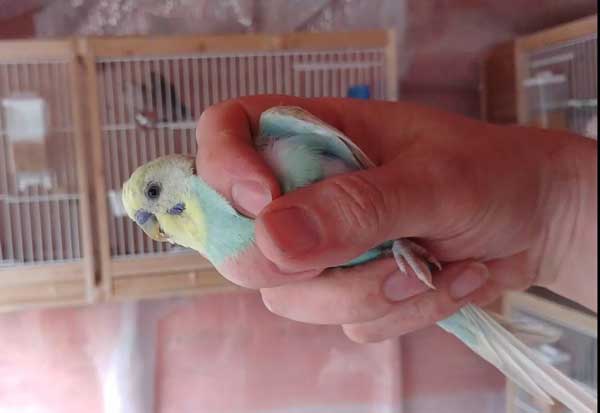
Budgies are social creatures, also known as parakeets, belonging to the order psittaciformes. In nature, they live in flocks, which contributes to their affable personality. However, holding a budgie is not that simple. The following section shows the steps you can follow to hold your budgie successfully.
Step 1. Bond With Your Parakeet
Most new pet owners wish to hold their pets as soon as they get home. This is not always successful. You must first earn their trust, which you can build through bonding.
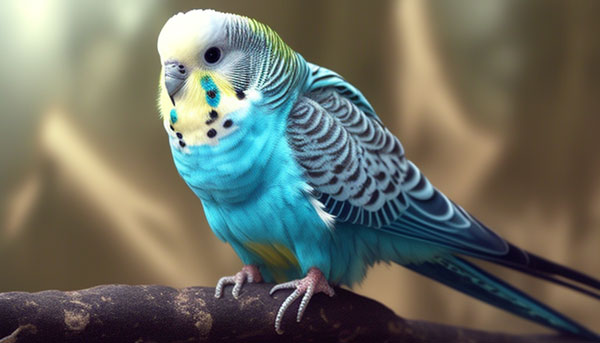
Bonding involves communicating with your bird and letting them study you. For the first few days, sit by the cage, offer snacks, and interact with your new pet bird.
Step 2. Feed Your Pet
Feed your pet a balanced diet and water before holding it. A hungry pet will not only be in a foul mood but likely bite you. When feeding it foods like millet spray, hand feed it to elevate its confidence.
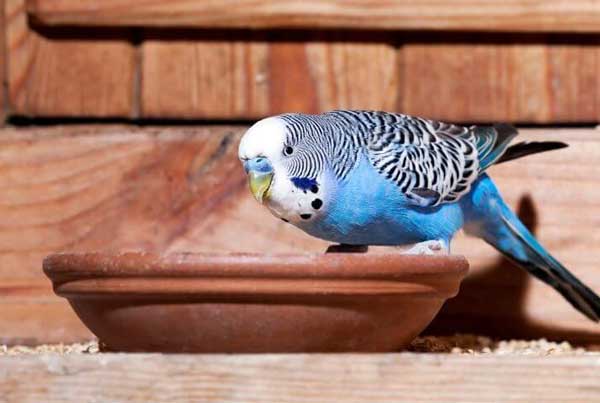
Step 3. Approach The Cage
When the pet is fed and perching or playing, approach the cage while calling it softly. This will minimize the chances of startling your pet or appearing threatening. As prey animals, budgies are easily startled, especially in new environments.
Step 4. Open The Cage Door
Open the cage door gently and observe your budgie’s body language. If the bird looks defensive, it might require more time to build confidence. During the bonding period, it’s best to open the cage’s door regularly to get the pet more comfortable.
Step 5. Place Your Hand
If the bird looks relaxed when you open the door, place your hand inside the cage. The bird may first be hesitant to perch on it but soon will after more bonding. Stretch one finger as close as possible to the bird and wait for it to perch.
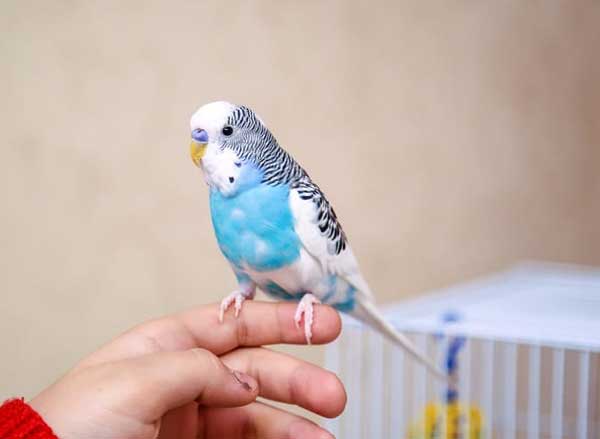
Step 6. Take It Out
Make sure that the bird is perched steadily on your finger before taking it out of the cage. At first, the bird might fly back to the cage or away into the room, so keep the windows and doors closed.
Some rare budgie birds might dislike being held, which it’s okay. You can bond more with it until it’s confident enough to perch on you.
How To Grab a Budgie with a Towel
Luckily, if you’re not confident enough to hold your budgie bare-handed, you can use a towel. You must follow all the steps above to ensure you successfully hold it. However, it might take more time for the bird to perch on you.
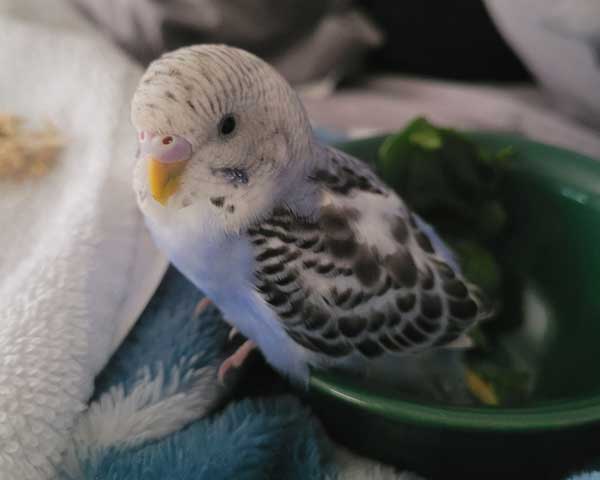
Also, trim the bird’s nails to avoid getting scratched when you hold it. The budgie will try to get a steady grip on the towel using its nails and might scratch you. You can use a nail clipper to trim its nails after you’re bonded or get an avian vet to do it.
How To Catch a Budgie in a Cage?
Sometimes, your pet budgie will refuse to get back to its cage after getting out. Remember to keep all your outlets closed and stop the fan until you recapture it. Following are some ways to catch a budgie in a cage.
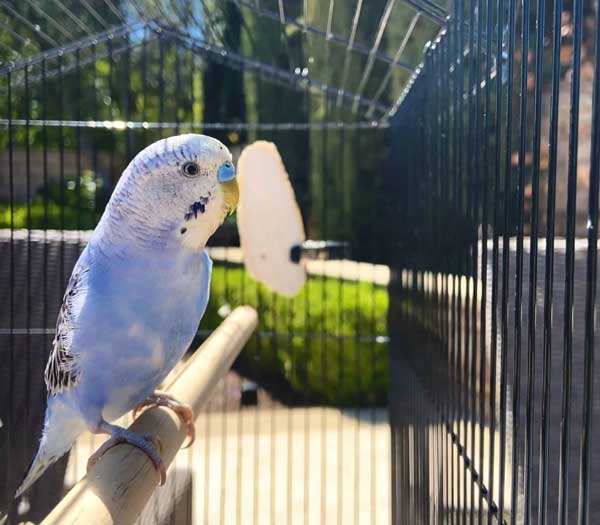
- Lure the bird using their favorite treats.
- Wait for the bird to get hungry and place some food in its cage. Make sure the bird sees you doing it.
- If your bird is bonded, place your fingers near it to get it to perch on you.
Dim the lights on other parts of the room except where the cage is.
How To Avoid Being Bitten by A Budgie When You Hold it
One of the fears of new budgie owners is getting pecked or scratched by the bird’s nails. While their bite is not usually painful, they hurt, especially if on a soft part. Luckily, there are various ways you can prevent yourself from being bitten.
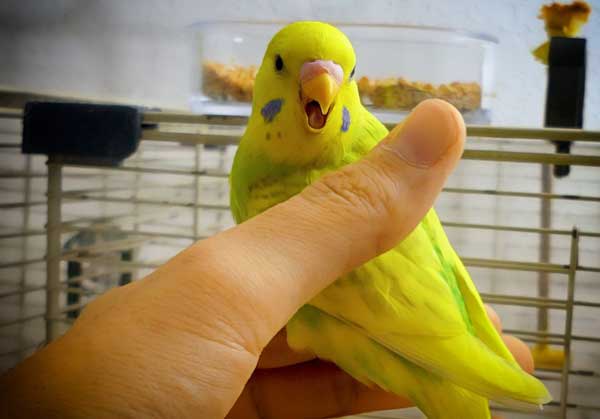
- Give the bird time to get used to its surroundings before attempting to hold it. During the first days, the bird might be more aggressive and bite.
- Avoid holding its wings or legs because it can hurt. In defense, the bird will likely bite your fingers to get you to let it free.
- Avoid holding your pet invertedly which can also make it bite you. Budgies use their beaks to support themselves and it might bite you in the process.
- Don’t try to hold your pet when it is time to sleep, and it’s already sleeping on its perch in the cage.
- Avoid holding your pet when it is not properly fed. A budgie with a nutritional deficiency from nutrients like calcium is also likely to bite. Bird owners are urged to include liquid calcium products in the pet’s diet as a source of calcium and keep the diet balanced.
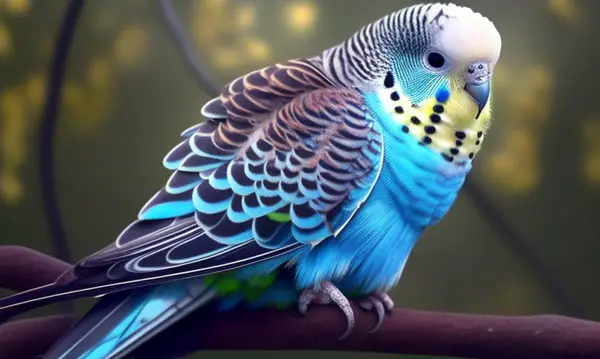
Also, remember only after taming your bird you’ll have a better chance of holding it. Cover your hand with a towel if you’re uncomfortable holding your pet bird for the first time. Thus, trim the bird’s nails to avoid getting scratched when they perch on you.
How Do You Hold a Budgie to Give It Medicine?
Holding your bird for medication is different from when petting it. The bird must be cooperative to be successfully medicated and avoid getting injured. Follow the following steps to hold your budgie for medication.
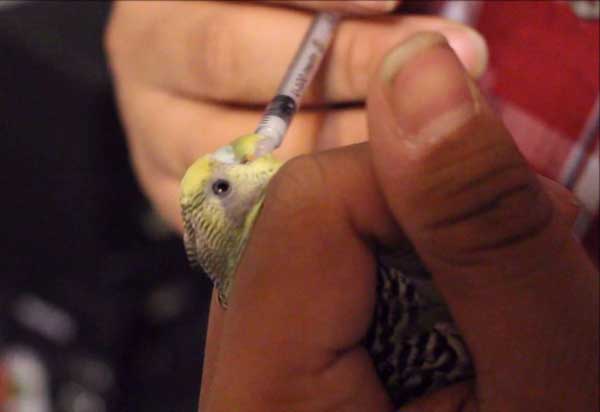
Step 1. Pick the bird with either a towel or using surgical gloves
Step 2. Hold it on the pam while supporting its neck with your fingers
Step 3. Don’t hold its chest because you might restrict it from breathing
Step 4. Tilt its head at an angle such that the beak is on the side
Step 5. Use the dropper and place two drops on the top corner of its mouth
Step 6. Turn it right back up and tilt its head backward for the medication to run down
If you’re holding a budgie for whatever reason, be tender and gentle to avoid frightening it. You also don’t want to cause unnecessary damage to its delicate body parts.
Video
FAQs
The following section covers some frequently asked questions related to this topic. We trust you will find it useful.
Budgies love perching near or on a person’s finger but dislike being held. It’s best to let your budgie choose what they like and then follow that.
A budgie can take more than two weeks to settle at home and gain confidence. However, hand-taming the bird can speed up the timeline.
You can hold a baby budgie if it’s more than two weeks old. However, baby budgies are delicate and require special care while being handled.
Bottom Line
One of the joys of keeping these colorful birds is holding them. While it might be difficult to hold them immediately after you buy them, with time, you can. To speed up the process, you can bond with them by engaging them as much as possible.
Holding your budgie includes following a few steps to ensure they’re comfortable. Also, hold your pet as guided in the article when applying medication. Remember to be gentle to avoid breaking your bird’s delicate parts, especially if the pet bird is young.
